
Cardano Vs Polygon: A Complete Comparison
In the fast-evolving cryptocurrency world, every coin strives to find a place and bring something new. We will explore the uniqueness of two digital newcomers, Cardano and Polygon. They both offer effective solutions to ecosystem challenges. Let's find out why people often compare them, discuss their market positions, and answer the key question: which one is better to buy?
What Is Cardano?
Cardano (ADA) is a cryptocurrency that stands out for its research-driven approach. It isn't a surprise, because the creator is Charles Hoskinson, one of the co-founders of the legendary Ethereum. He came up with the idea in 2015 of creating a third-generation blockchain. The coin should solve problems of scalability and interoperability of digital assets. Additionally, Charles puts a big emphasis on a strong foundation for smart contracts and DApps.
Already in October 2017, the cryptocurrency space saw Hiskinson’s invention – Cardano. The project launched under the leadership of Input Output Hong Kong (IOHK), a company actively involved in blockchain engineering.
What Is Polygon?
Polygon, originally known as Matic Network, also aims to improve the Ethereum net. For example, it enhances performance and offers faster and cheaper transactions. We can see similarities with ADA’s goals, but not. It’s important to note that Polygon focuses on the development of DApps compatible with ETH from the beginning.
Three talented entrepreneurs — Jaynti Kanani, Sandeep Nailwal, and Anurag Arjun — designed Polygon. They wanted to create a new project to fix the problems faced by second-generation crypto assets. After the first success, the team decided to rebrand. They changed the original name–Matic Network–to Polygon and expanded its use cases beyond Ethereum.
Polygon Vs Cardano: Key Differences
Well, now we know about the goals of each coin, let's start comparing their differences. Study the key points of each representative and see who can become the best “Ethereum replacement”.
Transaction Speed
Anyone with even a slight connection to cryptocurrency knows that the crucial metric is transaction speed. Cardano currently handles about 250 transactions per second (TPS) at the base level. And Polygon is capable of handling up to 7,000 TPS thanks to its Layer 2 architecture that runs on top of Ethereum.
However, Cardano's developers plan to release a second-level upgrade called Hydra, which could boost the coin’s capacity to thousands of TPS. Even with this feature, ADA still can't surpass the high speed of its crypto competitor. Clearly, MATIC appears to be a more attractive option for developers seeking fast solutions for applications. On the other hand, Cardano is more focused on long-term growth with an emphasis on sustainable scalability and security through solutions like Hydra.
Fees
The second important point for any cryptocurrency is transaction fees. They change over time, so we note that all data is current as of September 2024. Cardano’s fees usually range from $0.05 to $0.15. While at Polygon they on average range from $0.0001 to $0.01 depending on network congestion.
Cardano’s low cost results from the Proof-of-Stake (PoS) consensus mechanism, which reduces energy consumption. The affordability of this coin makes it a good choice for newbies to the market. But, Polygon outperforms its rival at this point. MATIC’s commissions are extremely low, thanks to its Layer 2, which offloads Ethereum’s web. Users can make transactions with nearly negligible costs. Many users prefer Polygon as a pleasant option for high-frequency operations.
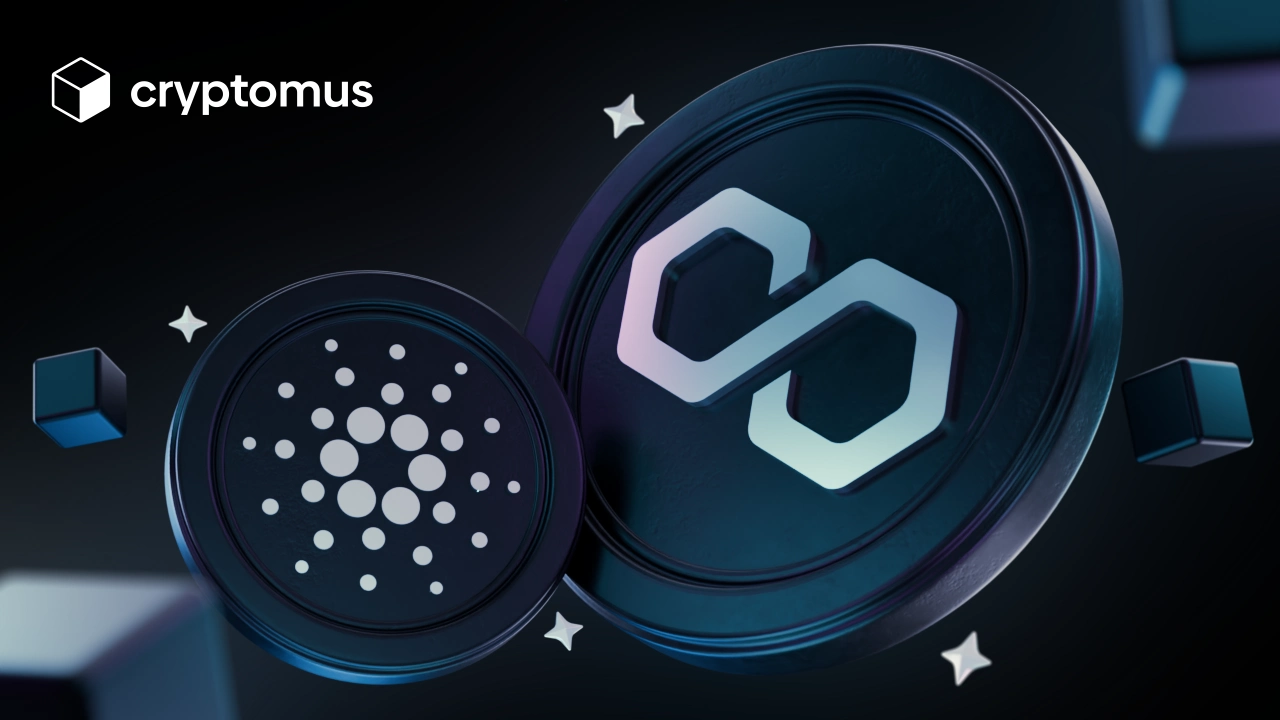
Architecture And Advantages
The last aspect we will touch upon today is the architecture. This is crucial as it connects all the elements and facilitates system interactions. As we’ve mentioned earlier, Cardano employs an innovative approach, particularly due to its architecture. It features two main layers: the Settlement Layer (SL) and the Computation Layer (CL). SL operates transactions, while CL is responsible for executing smart contracts.
This construction aims to enhance security, as each layer can be updated independently. Cardano's development process is research-based, with a strong emphasis on peer-reviewed work and academic expertise. It ensures the platform’s reliability.
Polygon uses a unique second-level scaling solution known as the Polygon SDK (Software Development Kit). However, this coin's architecture is closely tied to Ethereum and its features. This setup allows the creation of highly scalable and Ethereum-compatible blockchain networks, secured by the Ethereum mainnet. Additionally, Polygon offers several side chains that significantly increase transaction throughput and reduce costs compared to the main Ethereum network.
Thus, Cardano is more concentrated on security and theoretical stability, while Polygon emphasizes enhancing Ethereum’s scalability and accessibility, resulting in quite different architectural approaches.
Cardano Vs Polygon: Which Is Better To Buy?
We’ve reached the main question of this article: which coin is better to buy and invest in? Cardano offers long-term potential and aims to build a secure system. Its emphasis on scientific research and new solutions requires time to prove their effectiveness. For instance, developers are currently working on Hydra, which promises to significantly boost performance in the future. Although development progresses slowly, it prioritizes quality. If you believe in long-term prospects and a scientific approach, Cardano might be an appealing option.
Polygon offers ultra-fast transactions and low fees. It makes this asset attractive for users and creators. As Polygon serves as a scaling solution for Ethereum, the demand for its products and tokens is directly dependent on this coin. This might make it appealing for short-term and mid-term investments. Remember, choosing between coins depends on your investment goals, timeline, and risk tolerance.
Cardano Vs Polygon: A Head-To-Head Comparison
Finally, we’ve prepared a comparison table so that you can clearly see the similarities and differences of the coins:
| Coin | Issue | Mechanism | Goal | Price | Speed | Scalability | |
|---|---|---|---|---|---|---|---|
| Cardano | IssueMaximum supply of 45 billion ADA | MechanismProof-of-Stake (PoS) consensus (Ouroboros) | GoalCreate a sustainable, secure, and scalable blockchain platform with a scientific approach | PriceModerate price | Speed250 TPS | ScalabilityPotential for massive scalability with Hydra | |
| Polygon | IssueNo maximum emission | MechanismProof-of-Stake (PoS) and Plasma Layer 2 solutions | GoalA scaling solution for ETH to reduce transaction costs and increase throughput | PriceLower price | SpeedUp to 7,000 TPS | ScalabilityHighly scalable as a Layer 2 |
Thus, we can confidently say that despite the initial shared goals of the developers, Polygon and Cardano have evolved into two distinct coins. MATIC serves as a valuable addition to the Ethereum network, while Cardano has become a unique coin with a scientific approach. If you decide to go with Polygon, consider using the Cryptomus P2P platform for your purchase. Low fees and a wide selection of coins might be a nice bonus for you and your crypto portfolio.
What do you think about these digital players? Write it in the comments.
Rate the article
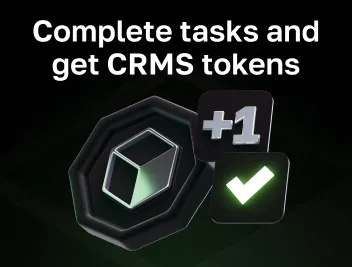

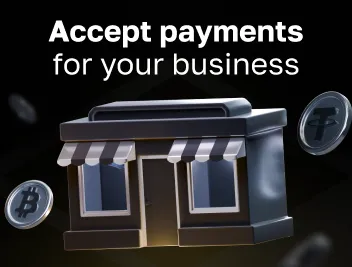
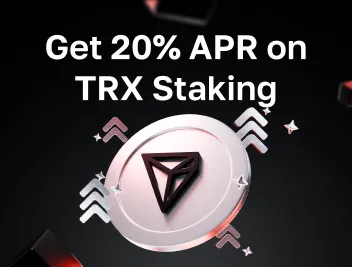


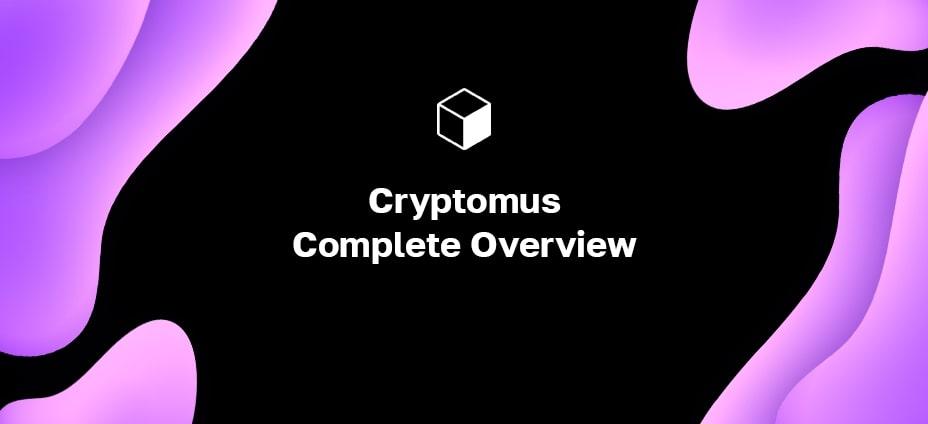
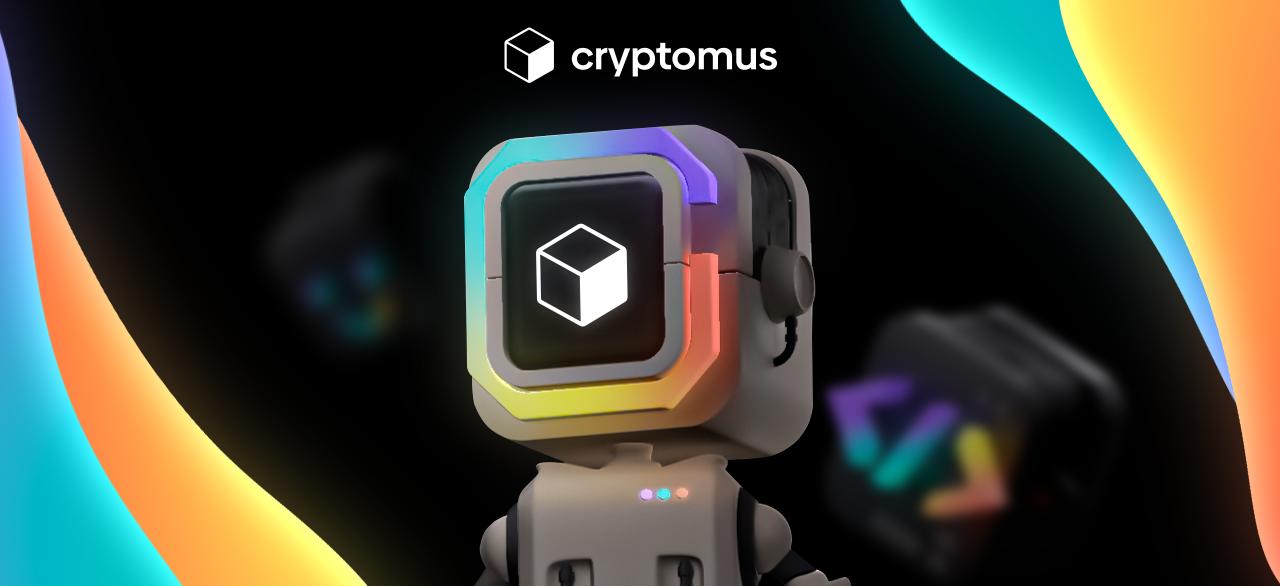
comments
0
You must be logged in to post a comment